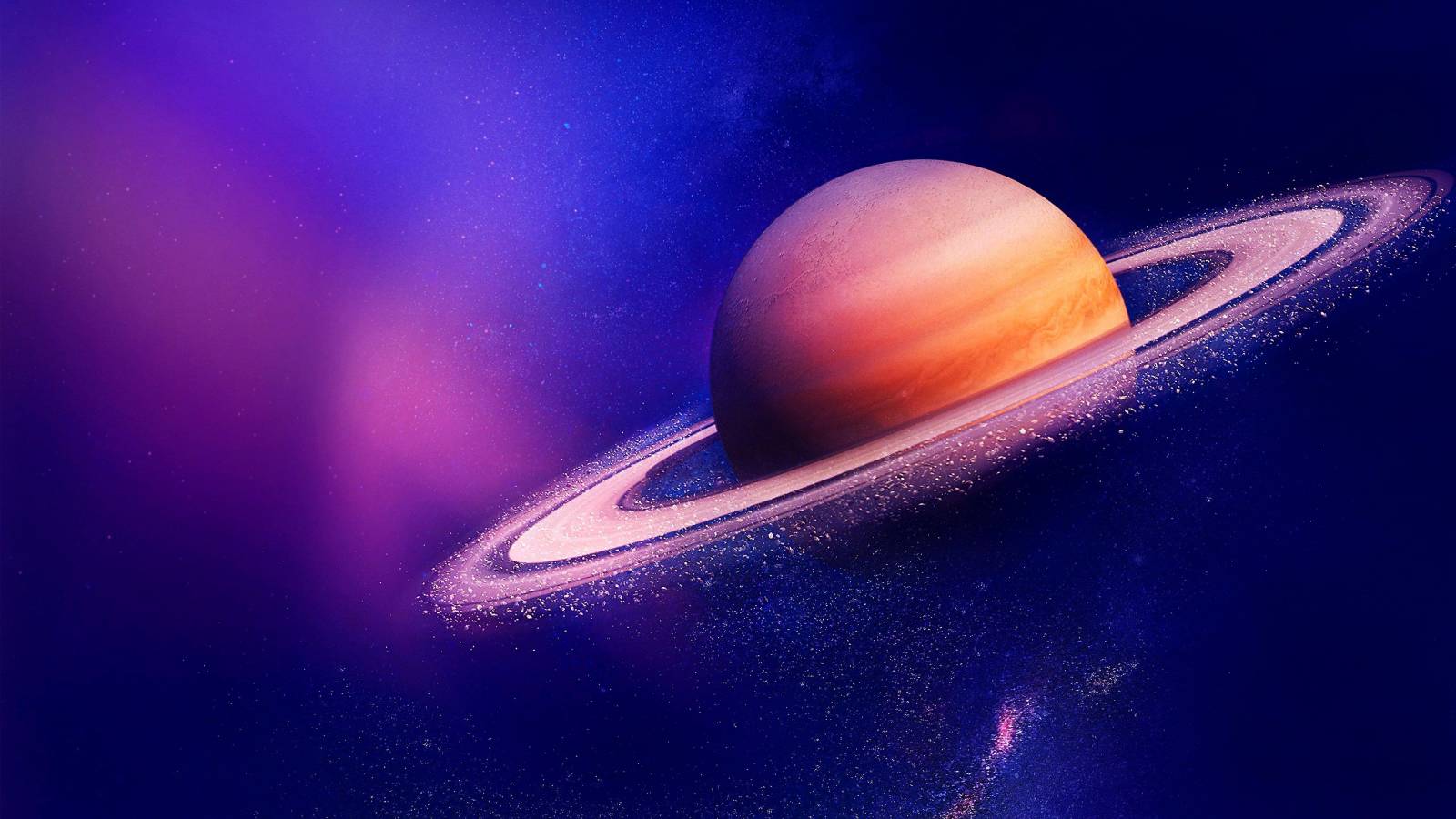Planeta Saturn este a doua cea mai mare din sistemul solar, si una dintre cele care au fost monitorizate destul de intens pentru multi ani, insa doar din spatiul cosmic, fara ca vreo nava sa poata vedea sub atmosfera sa. In ciuda acestui lucru, oamenii de stiinta au analizat inelele care inconjoara planeta, si au facut o descoperire impresionanta cu privire la nucleul pe care-l are planeta Saturn, una care nu parea posibila cu foarte mult timp in urma.
Planeta Saturn nu ar avea un nucleu format doar din piata si gheata, asa cum se intampla in cazul altor planete, si asa cum credeau oamenii de stiinta, ci are un nucleu mult mai difuz. Conform oamenilor de stiinta, nucleul pe care-l are planeta Saturn ar fi format din hidrogen, si heliu in cantitati foarte mari, iar diametrul sau ar fi de aproximativ 70.000 de kilometri, intinzandu-se pe aproximativ 60% din suprafata planetei, ceva ce a uimito foarte multa lume.
Planeta Saturn: Descoperire care a Uimit Multi Cercetatori
Planeta Saturn a avut aceasta descoperife facuta in baza analizarii schimbarilor inregistrate in fortele gravitationale exercitate de catre planeta asupra inelelor care o inconjoara. Aceste fluctuatii ale fortelor gravitationale ar avea la baza compozitia nucleului planetei, si felul in care elementele din interiorul sau interactioneaza intre ele, dar toata descoperirea se bazeaza doar pe manifestarea exterioara a ceea ce se intampla de fapt in interiorul planetei Saturn.
“Analizând o undă din acel inel, împreună cu datele despre câmpul gravitațional al lui Saturn de pe nava dispărută Cassini (SN: 15.09.2017), Mankovich și Fuller au descoperit că miezul are aproximativ 17 mase de rocă și gheață pe Pământ. Dar există atât de mult hidrogen și heliu amestecat, miezul cuprinde în total 55 de mase terestre – mai mult de jumătate din totalul lui Saturn, care este echivalent cu masa a 95 de pământuri.”
Planeta Saturn are nucleul format din roca si gheata, in echivalent cu de 17 ori masa Pamantului, insa hidrogenul si heliul completeaza acea masa pana la de 55 de ori cea a Pamantului. Asa se ajunge ca nucleul pe care-l are planeta Saturn sa aiba o masa ce insumeaza peste jumatate din cea totala a planetei, insa din nou, vorbim doar despre estimari facute in baza analizarii fortelor gravitationale aplicate asupra inelelor din jurul corpului cosmic.
Planeta Saturn are foarte multe mistere care poate vor fi descoperite in viitor, poate nu vor fi descoperite vreodata, dar majoritatea descoperirilor se bazeaza pe multe presupuneri.






















